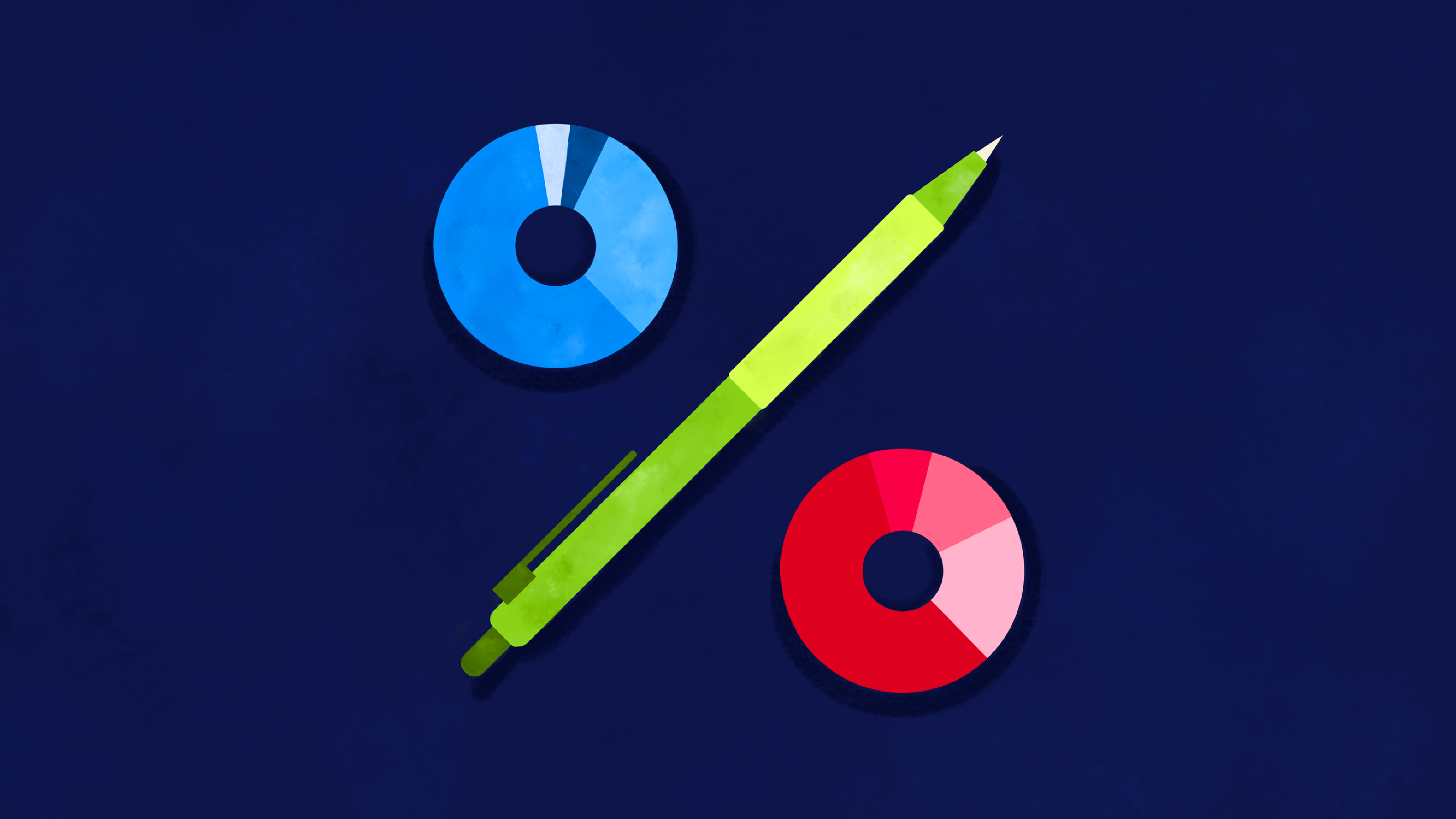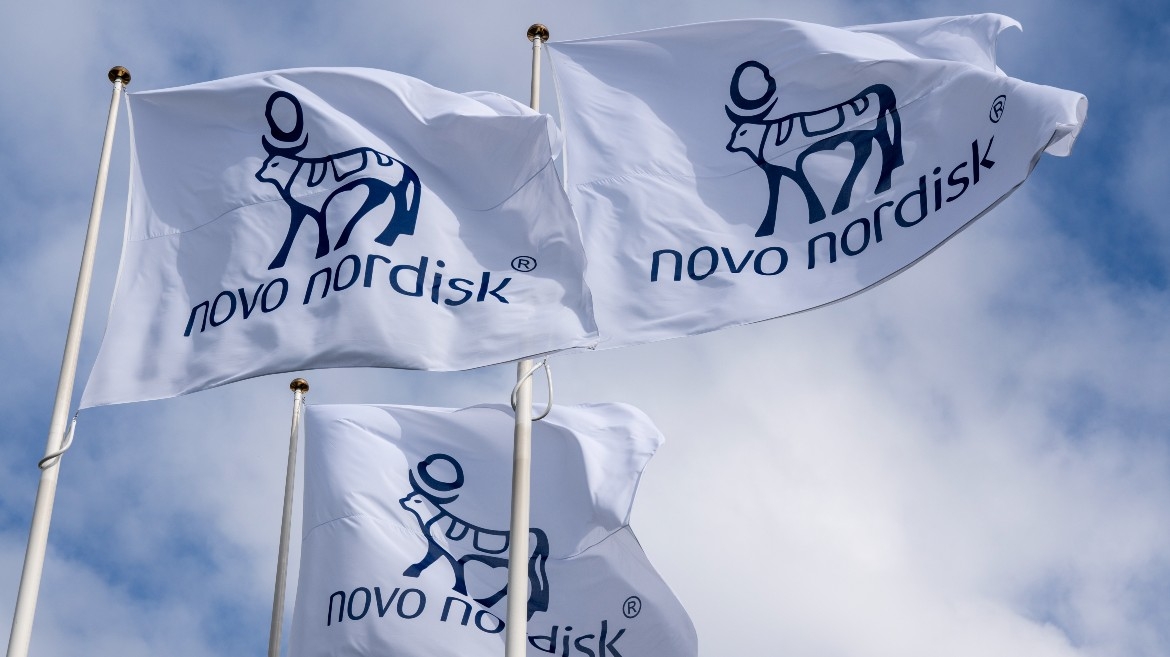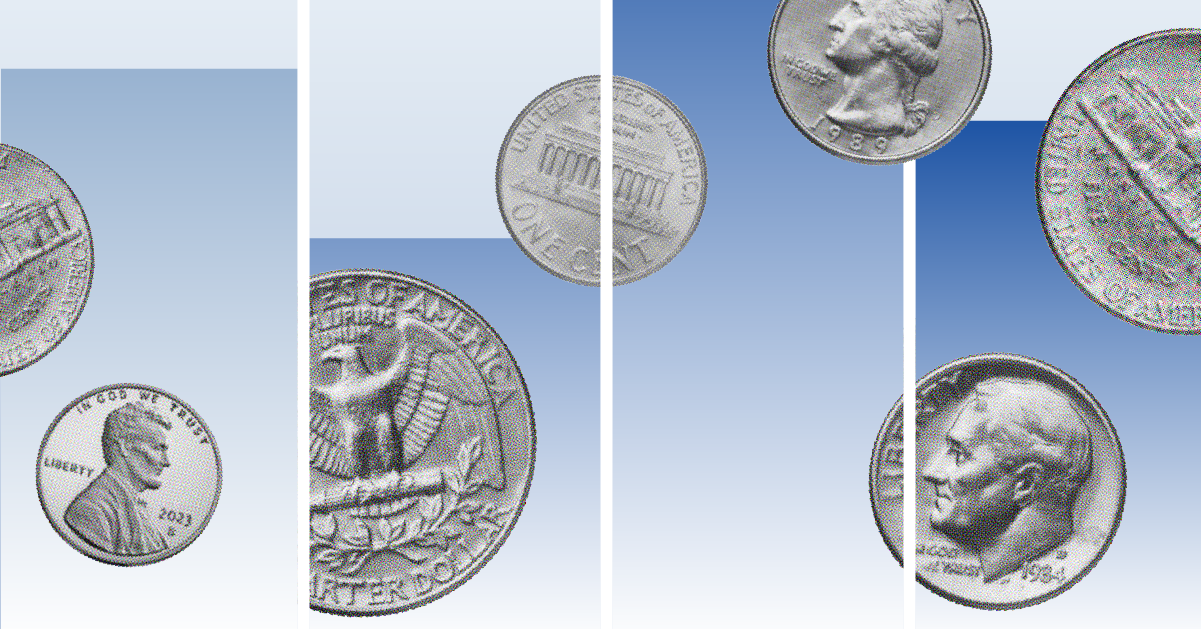Let’s make no bones about it; 2014 was a fantastic year for the ETF industry, with assets under management in European-domiciled ETFs rising 26% year-on-year to EUR 380 billion including capital appreciation. The good run for ETFs came during a year of bullish, albeit volatile, dynamics for equity markets and ongoing monetary policy support for fixed income assets.
Conventional wisdom has it that under these market conditions, active managers should have found it easier to exploit opportunities, add value and beat their benchmarks. The reality has been otherwise, with some industry calculations revealing that 75% of European active equity fund managers failed to meet this basic objective in 2014. The message that consistent performance by active fund managers is hard to come by is slowly but surely getting through to the European investor community.
Rotation, What Rotation?
In terms of favoured asset classes, Morningstar data show that 60% of net inflows in 2014 were directed at equity ETFs and the remaining 40% to fixed income ETFs. Net flows barely moved the needle for other asset classes, such as commodities.
The 60/40 equity/fixed income split tells us that the much-prophesised rotation out of bonds did not take place. Having said that, a significant driver of growth for fixed income ETFs in 2014 is likely to have been money switching out of existing positions in actively-managed holdings rather than new money. In fact, there is anecdotal evidence that power buyers of fixed income (e.g. pension funds) in Europe have increased their holdings of passive instruments such as ETFs and index trackers.
In terms of specific categories within the broad equity and fixed income asset classes, US large-cap and corporate bond markets were particularly favoured. Buying into the comparative economic success of the US economy has proved a highly profitable investment bet over the past six years. The S&P 500 Total Return index rose by 13.7% year-on-year (in US dollar terms) in 2014. On top of that, European investors have benefited from dollar appreciation. Given this backdrop, it is hardly surprising to see Vanguard S&P 500 (VUSD) and iShares Core S&P 500 (CSP1) at the top of the list of most-wanted ETFs in Europe in 2014, each gathering net inflows above the EUR 5 billion mark.
Cost, Cost and Less Cost
2014 was the year when the “price war” intensified in the European ETF marketplace. There have been many instances of providers cutting costs for some of their most popular ETFs. We cannot but welcome this development. The one thing that investors must not overlook is that cost – the only ex-ante certainty when investing – is the most reliable predictor of a fund’s future performance.
Needless to say, cutting cost alone is not good enough if investors do not switch to the cheaper alternatives on offer. On this account, we must say that there is increasing evidence that investors are doing just that. Ultra-low-cost ETF providers such as Vanguard have reaped healthy rewards. Despite its limited choice of products in Europe, it attracted EUR 8 billion in net inflows in 2014, coming second only to iShares’ EUR 13.3 billion among ETP providers. This allowed Vanguard to triple its market share from just 1% in 2013 to 3.3% in 2014.
Perhaps more interestingly, investors also discriminated against higher-cost funds without necessarily switching provider. Some providers, namely iShares, cut fees only for the accumulative classes of some popular equity ETFs, such as their S&P 500, FTSE 100 and Euro STOXX 50 offerings, rebranding them as “core” but keeping the original, much higher fee for the dividend-distributing share classes. Investors responded to this discrepancy in cost by switching out of the expensive versions into the cheaper ones.
The Year of Strategic Beta
2014 was “the year of strategic beta” (Morningstar’s preferred name for what is more commonly known in the media as “smart beta”). According to our calculations, strategic beta ETFs attracted EUR 3.9 billion in net flows in 2014, up from EUR 3.3 billion the previous year. Meanwhile, assets under management rose to just shy of EUR 22.5 billion, a near-50% rise from 2013. In the face of these figures, relative to the overall ETF market, one might be forgiven for wondering what all the fuss is about. It may be fair to say that the fuss is all about growth expectations for the segment.
Indeed, the increased popularity of passive investments is coming hand-in-hand with a higher degree of scrutiny about the pros and cons of standard benchmarks used by the industry. Strategic beta is certainly not a new concept. What is new is that these strategies are now much easier to deliver in benchmark format; ready to be used by passive funds such as ETFs. If trends in the US, where developments in the ETF world usually start, are anything to go by, the European strategic beta ETF market should be in for a good run in years to come.
New Launches
Strategic beta ETFs made up a large proportion of the new ETFs that came to the marketplace in 2014. But they were not the only ones. According to our records, 204 new products were launched in Europe last year.
Noteworthy developments on the equity front included currency-hedged and specific sector ETFs. We also saw a flurry of ETFs offering European investors easy access to
China's A-shares equity market, and more niche exposures such as an ETF offering access to the robotics and automation industry.
On the fixed income side, we would highlight the increased offerings among emerging market debt products. Two such new ETFs from Ashmore Source, offering exposure to sovereign and corporate emerging market debt markets, caught our attention because they are share classes of existing actively-managed mutual funds. Such a structure is not uncommon in the US ETF market, but it’s innovative in Europe.
What to Expect for 2015 and Beyond?
We expect continued growth for the European ETF industry – and passive funds in general – in years to come. In fact, if trends observed in the US are anything to go by, then the rise of passives should be unstoppable. Like-for-like comparisons between the US and Europe are always a tricky thing. The two markets are distinct realities not just in terms of structure (i.e. a single market versus a multitude of national realities) but in terms of the collective psyche towards investing. However, for all the differences, we cannot but gain encouragement from the fact that passive funds seem to have become the default investment option for the US investor.
Changes in the distribution networks that continue to impair the growth of passive funds in Europe are clearly needed. The work of regulators, who, in fairness, are becoming more pro-active in defending investors’ interests, is key on this front. However, ultimately, it is up to European investors to take a leaf from their US counterparts’ book and aggressively question whether active fund managers do really offer value for the high fees they charge. If they don’t – and in the vast majority of cases, they don’t – then ditch them and go low-cost passive.































